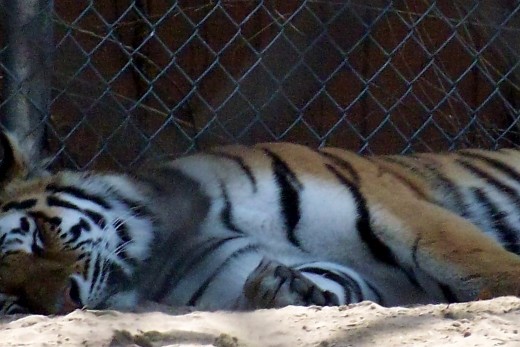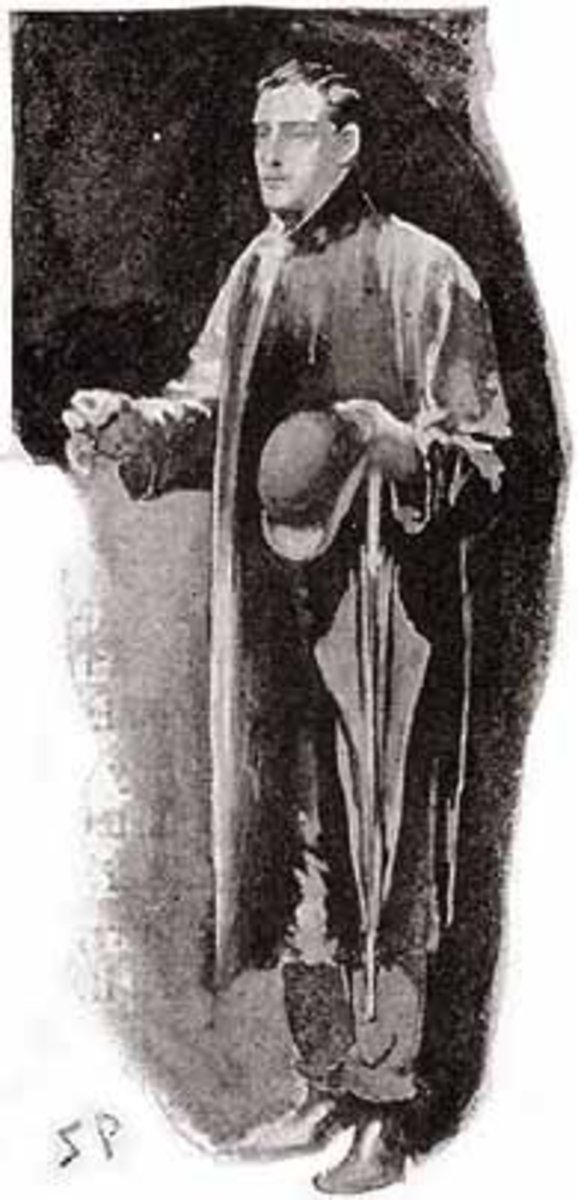Viral Implosion - chapter 13

Human nature is to avoid change, to wallow in the status quo, with its comfort and lack of peril. But the American nature is to constantly grow and change, shunning the unjust and ordinary. American corporations, having met their original goals, could not stand still. Stockholders didn’t want the same profit margin as last year; they wanted a larger one. For a while this was achieved by lowering the cost of production, but even that cannot go on forever.
Over the past few decades, demographics had shifted extremely. Analysis of who is buying what, and who is looking for what, had to be totally revamped every two years. The middle class disappeared, and with it the demand for merchandise that was better than average but not top of the line. The upper class (economically) wanted the very best models of anything. The lower class (economically) wanted basics at the best prices available. The poor who survived the upheavals lived in unsubsidized squalor and scavenged leftovers from the others. Each manufactured item on the lower scale had three different sources, giving the illusion of competition and choice.
The petroleum industry took an unexpected turn. With gasoline being used for corporate transportation alone, and that with discounts, profit dropped a great deal. So petroleum distillers retooled to produce plastic in all forms. Less expensive furniture was all made with simulated-wood plastic. All new construction disdained wood in favor of cement/concrete housing, malls and buildings. Since cement is a good conductor of heat, these homes were automatically well-insulated when wrapped with an outer layer of heavy duty plastic. In warmer climates the plastic wrapping was eliminated. Wood was only used for high-end furniture and walls. The lumber industry slowed down, but lumberjacks were retrained to work quarries; the New England granite industry blossomed.
Of course, all was not so black and white. There were pockets all over the world of small communities managing to live independently. “Preppers”, preparing for cataclysmic events or military takeover, were well prepared to live on their own. Their enclaves popped up due to eroding supply lines rather than any one catastrophe. African and Asian countries often reverted to warlord or tribal states. Especially in North and South America, people who had rejected society homesteaded on state land, living on a subsistence level voluntarily and now flourishing and teaching others.
Research went in two different directions. On the commercial side, methods of collecting, parsing and analyzing information kept evolving. Homes built for commercial communities were wired for cable and digital capabilities. Study of homes which were digitized gave prospective and current employers information such as whether a marriage is on the rocks, or a prospective employee has troublesome children who could upset a nice community. Knowledge of the whole family’s entertainment tastes was amassed, which not only aided marketing plans, but also pulled any skeletons out of the closets. DNA samples from ancestry.com, hospitals, service and criminal records not only aided identification, but alerted prospective employers of people who had markers for illnesses which could be terminal or cause huge medical expenses. The popularity of smart phones also allowed analysts to track and evaluate where people went and when.
Industrial research developed especially in production lines, to streamline and digitize manufacturing wherever possible. Low-end manufacturing was limited to fewer models, much like the automotive industry before and after the bailout. High-end manufacturing, on the other hand, encouraged research to keep enticing buyers into wanting newer and fancier products.
The other side of research was non-corporate. As they say, necessity is the mother of invention. With many common materials, services and products becoming uncommon, substitutes had to be developed.
One group tried to build a “windmill” in the Adirondacks which was tall enough to reach into the jet stream, which would supply virtually inexhaustible energy, but there were problems with stability for such a tall tower.
Another group developed an artificial leaf. This small artifact could convert water to the separated atoms of oxygen and hydrogen. It was hoped that the hydrogen could be a new fuel substitute, but no one got very far with the idea. Of course, in place of plants, for those without a green thumb, the artificial leaf would keep a home’s air clean. Hydrogen cars became known, but the hydrogen cars worked on the reverse principle -- converting hydrogen to water. Seemed like a perpetual-motion kind of thing, but no one got the two of them working together. It was also hoped that the hydrogen could be converted into electricity, but for that the hydrogen would need to be in a fuel cell, and no one could figure out how to achieve that.
So the leaf’s hydrogen could not be harnessed. But the hydrogen would be a perfect fuel. All they had to do was find a source for hydrogen. Fortunately, virtually every regulation protecting the environment and ecology was either repealed or ignored, and fracking became a worldwide practice. Fracking is an excellent way to harvest hydrogen as well as petroleum.
Exotic animals either kept privately or in zoos were set free in their native habitats; if they couldn’t revert to instinctual survival, they became food for other animals. Domestic animals were separated – “feral” or AKC registered, for dogs and cats. Any female stray and any female pet which was not registered was spayed. After all, food for them is a luxury, and certainly those left wild needed to die out. Rodents (hamsters, gerbils, rabbits, ferrets and the like) were spayed as well. Birds and reptiles were shot if found loose. Farm animals were the only ones spared, as long as they served a purpose.
Children born after the economic crisis had no idea of any different way of life. Their older siblings adopted the parents’ sense of inevitability as they reached adulthood.
Bigotry was rife throughout the world, whether over religious profession or race or skin color, flying under the flag of nationalism. Any attempts to protest or complain which left the family home and traveled into public forums were sued as defamatory. Complaints overheard from within a home tagged the entire family as troublemakers, often costing jobs and homes.
It wasn’t a perfect world, but it was under control. Fighting was between nations or sects or tribes. The draft system in the United States was revived, and the pool of dissidents and “unwanteds” was the source for draftees. Eventually the feeling of helplessness calmed society and fighting ebbed; the powerful were recognized, and resources for the weaker groups were drying up.







